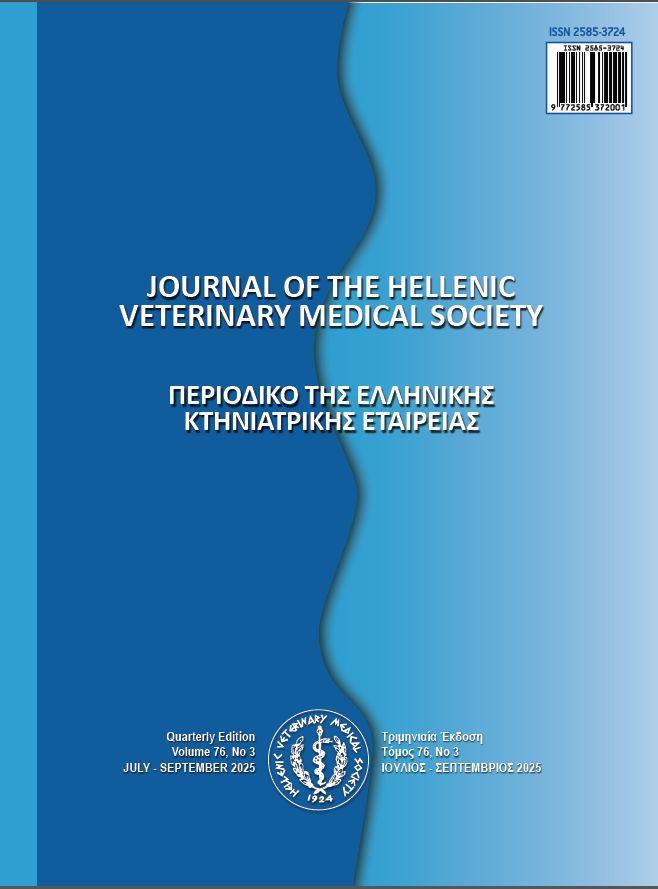Ascorbic acid enhances the treatment efficacy of tetracycline against experimentally infected Aeromonas hydrophila
Resumen
Combinations of two or more pharmaceuticals are sometimes used to achieve efficient treatment of an ailment. The objectives of this study were to evaluate the synergistic action of ascorbic acid combined with tetracycline in the treatment of Aeromonas hydrophila infection. A total of 210 apparently healthy 2-month-old uniformly sized Clarias gariepinus with a mean weight of 24.65±2.78 g were used in the study. The fish were randomly assigned to seven treatment groups (A, B, C, D, E, F and G), each in triplicate. The fish in group A were the uninfected controls, while those in groups B to G were infected with the bacterium and were either treated or not treated with tetracycline, and their diets were either supplemented with ascorbic acid or not. Growth, survival, hematological parameters, serum chemistry responses were investigated as bioindicators of health status. Infected fish deprived of L-ascorbic acid presented lower growth and survival rates. Hemorrhages, skin and fin erosions and skeletal deformities were some of the lesions observed. There were significantly (P<0.05) lower red blood cell counts and hemoglobin; significantly higher (P<0.05) total leucocyte counts; total protein, globulin and albumin; and elevated A/G ratios, also significantly higher alanine aminotransferase, aspartate aminotransferase, alkaline phosphatase and urea levels when compared with the group without ascorbic acid supplementation. This study suggested that ascorbic acid supplementation at 100 and 200 mg/kg is recommended in the diet of C. gariepinus to potentiate the action of tetracycline in the treatment of A. hydrophila infection.
Article Details
- Cómo citar
-
Omeje, V., Okolo, C., Kolndadacha, O., & Ezema, C. (2025). Ascorbic acid enhances the treatment efficacy of tetracycline against experimentally infected Aeromonas hydrophila. Journal of the Hellenic Veterinary Medical Society, 76(3), 9553–9564. https://doi.org/10.12681/jhvms.39047
- Número
- Vol. 76 Núm. 3 (2025)
- Sección
- Research Articles

Esta obra está bajo una licencia internacional Creative Commons Atribución-NoComercial 4.0.
Authors who publish with this journal agree to the following terms:
· Authors retain copyright and grant the journal right of first publication with the work simultaneously licensed under a Creative Commons Attribution Non-Commercial License that allows others to share the work with an acknowledgement of the work's authorship and initial publication in this journal.
· Authors are able to enter into separate, additional contractual arrangements for the non-exclusive distribution of the journal's published version of the work (e.g. post it to an institutional repository or publish it in a book), with an acknowledgement of its initial publication in this journal.
· Authors are permitted and encouraged to post their work online (preferably in institutional repositories or on their website) prior to and during the submission process, as it can lead to productive exchanges, as well as earlier and greater citation of published work.




